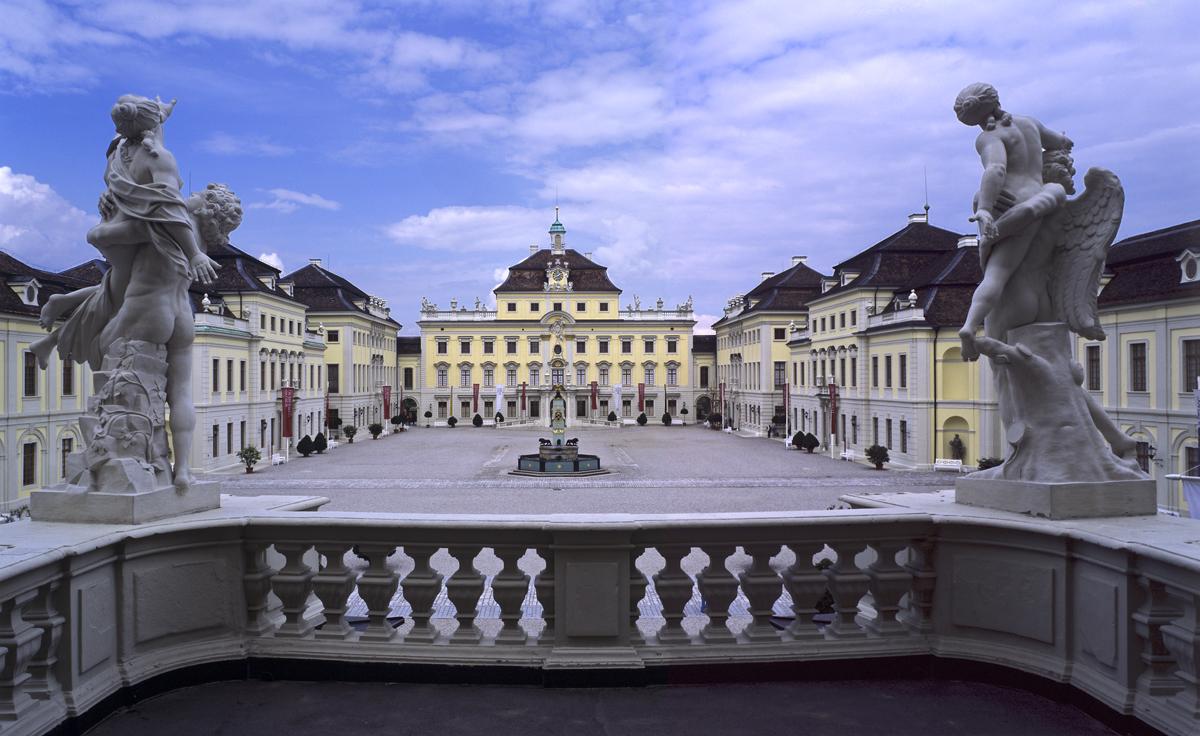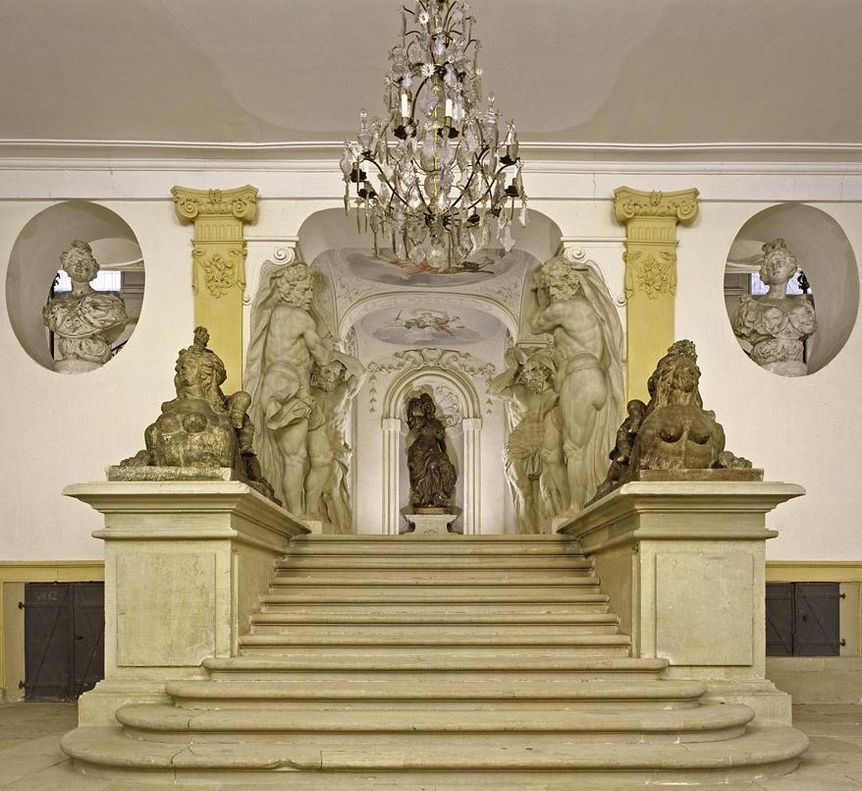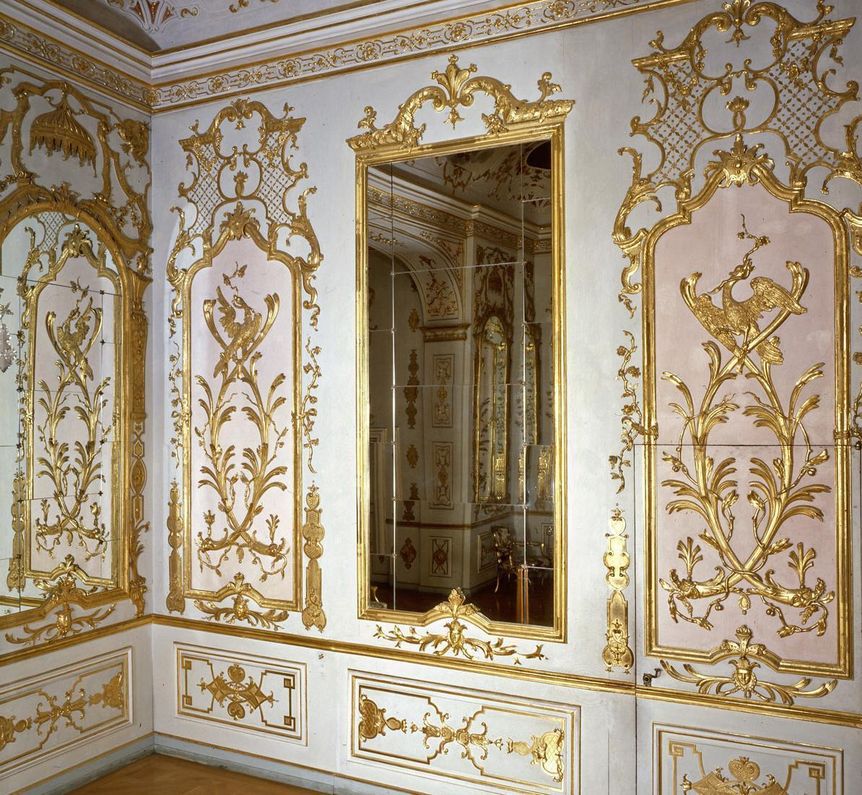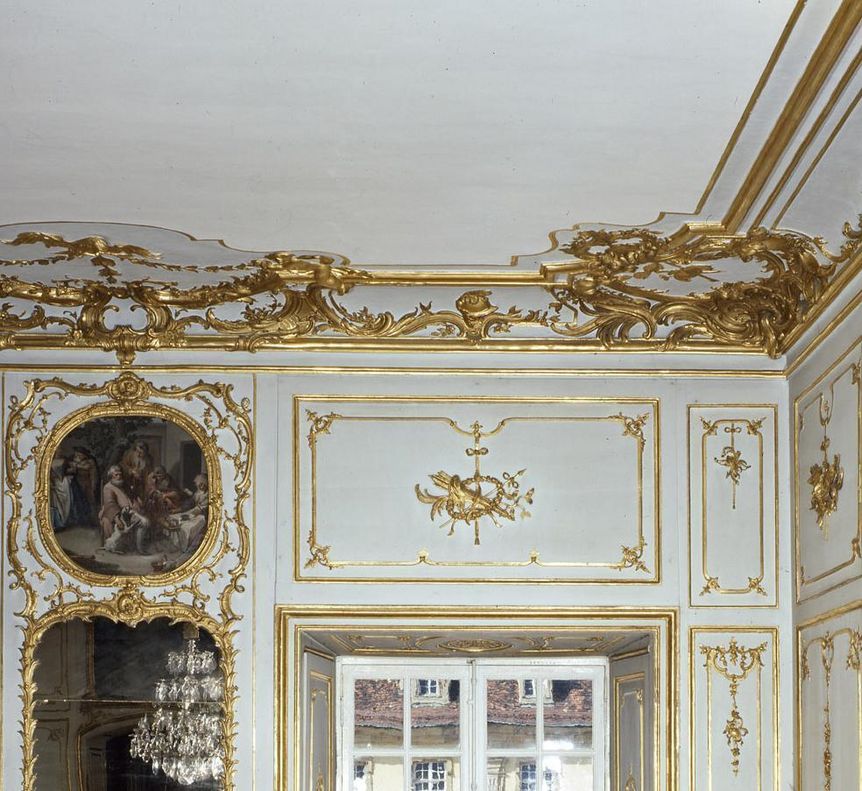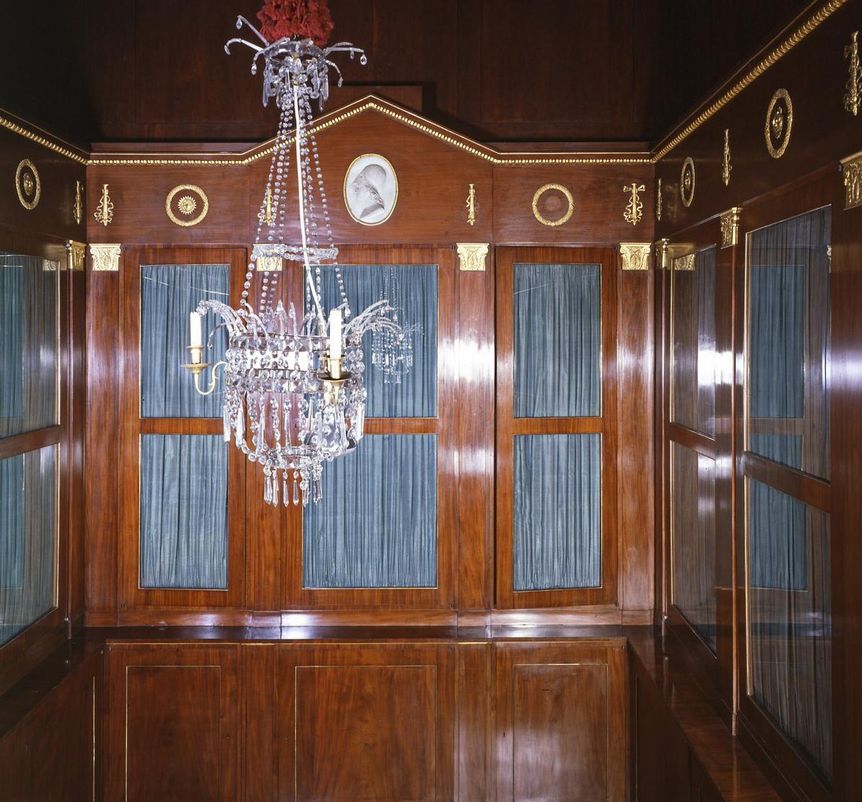Textbook stylisticsHistory of design
Ludwigsburg Residential Palace still shows some characteristics of its original Baroque shape. Other sections changed significantly. The palace architecture and interior design were characterized by three consecutive stylistic eras, all within barely 100 years: the Baroque, the Rococo and Classicism.



